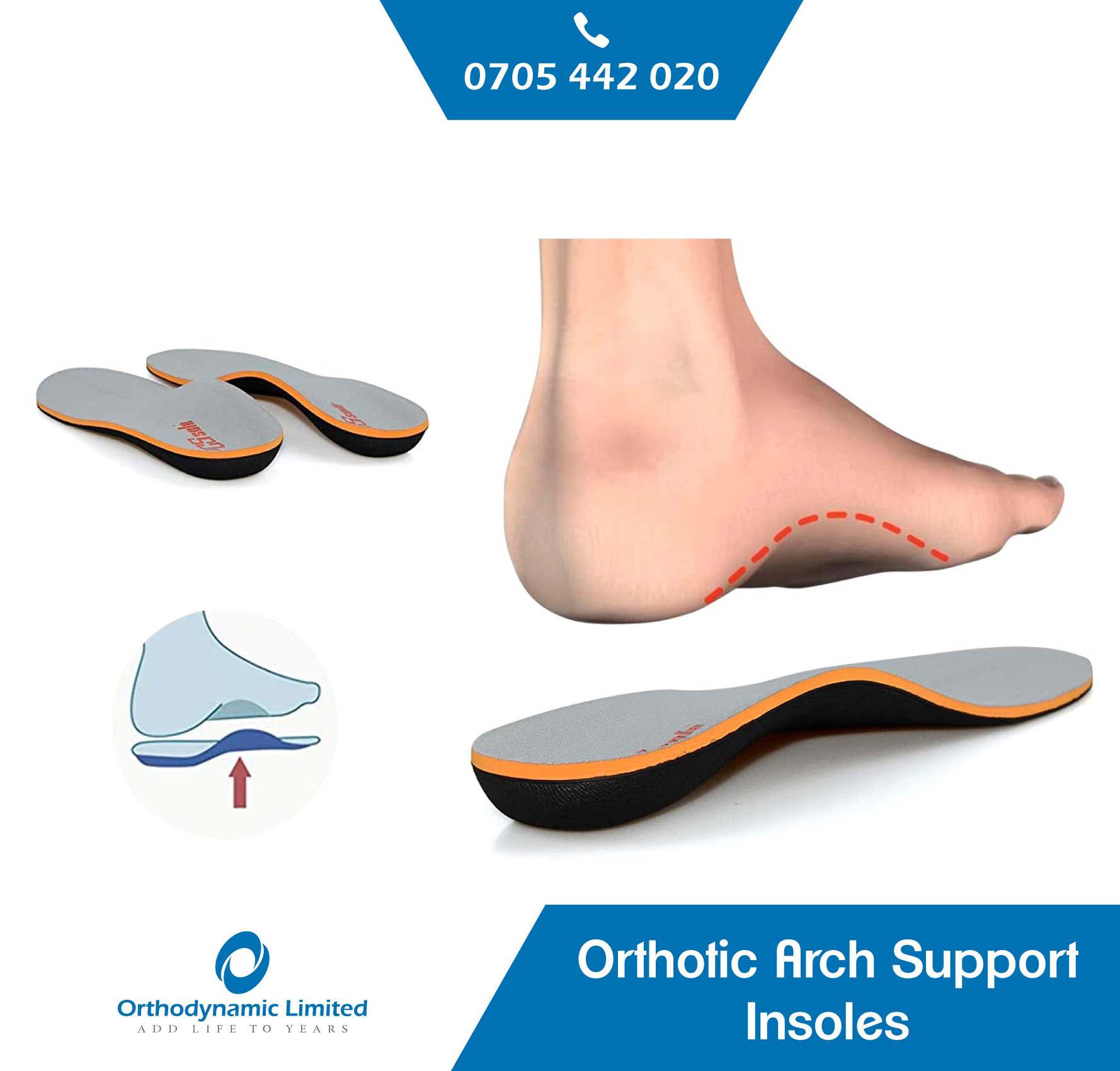Restricting Cervical Motion
Cervical Motion: The Functional Objective of any Cervical Orthosis
Cervical Motion tenderness also cervical excitation is a sign found on pelvic examination suggestive of pelvic pathology.
First of all the functional objective of any cervical orthosis is to limit unwanted cervical spine motion. Motion control at the cervical spine is sought to ameliorate an array of problems which also vary in etiology and severity. Special cervical orthotic requirements may include one or more of the following.
- Realignment of the cervical spine.
- Motion control in flexion, extension, anterior or posterior displacement, lateral flexion, axial rotation, and modest un-weighting of the vertebrae.
Some common prescription criteria for use of a cervical orthosis are:
- post surgical management.
- immediate post-traumatic management.
- subluxations.
- degenerative diseases.
- management of pain secondary to a multitude of disorders.
Each disorder may also require one or more specific functions from a cervical orthosis.
In response to the different etiological factors and various manifestations of problems. Most notably, many categories and types of cervical orthoses have become available to the orthotist. In addition, the trends indicate a preference toward using prefabricated designs whenever possible. This has motivated manufacturers to also design and market many prefabricated cervical orthoses. Most prefabricated cervical orthoses allow for minor adjustments only and with each having its own inherent advantages and disadvantages.
Restricting Cervical Motion
Cervical orthosis therefore demonstrated statistically superior restriction of cervical motion in flexion, extension, rotation, and lateral tilt in comparison with the other four orthoses as a result studied in healthy volunteer.





